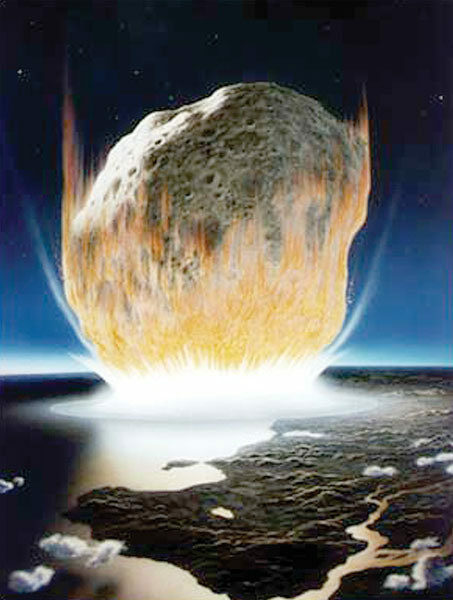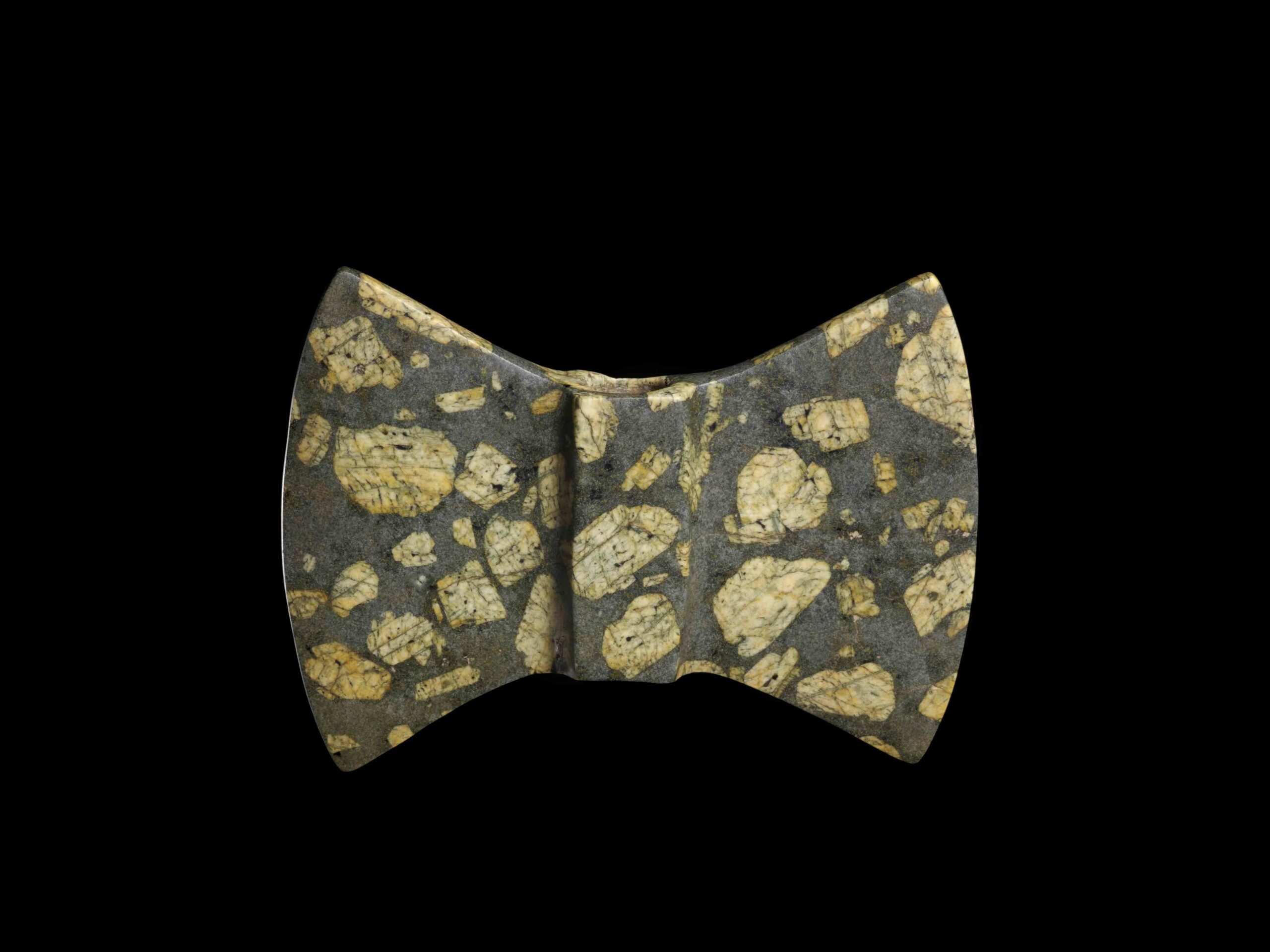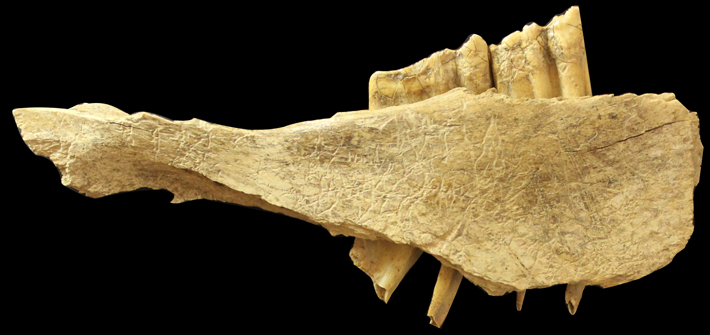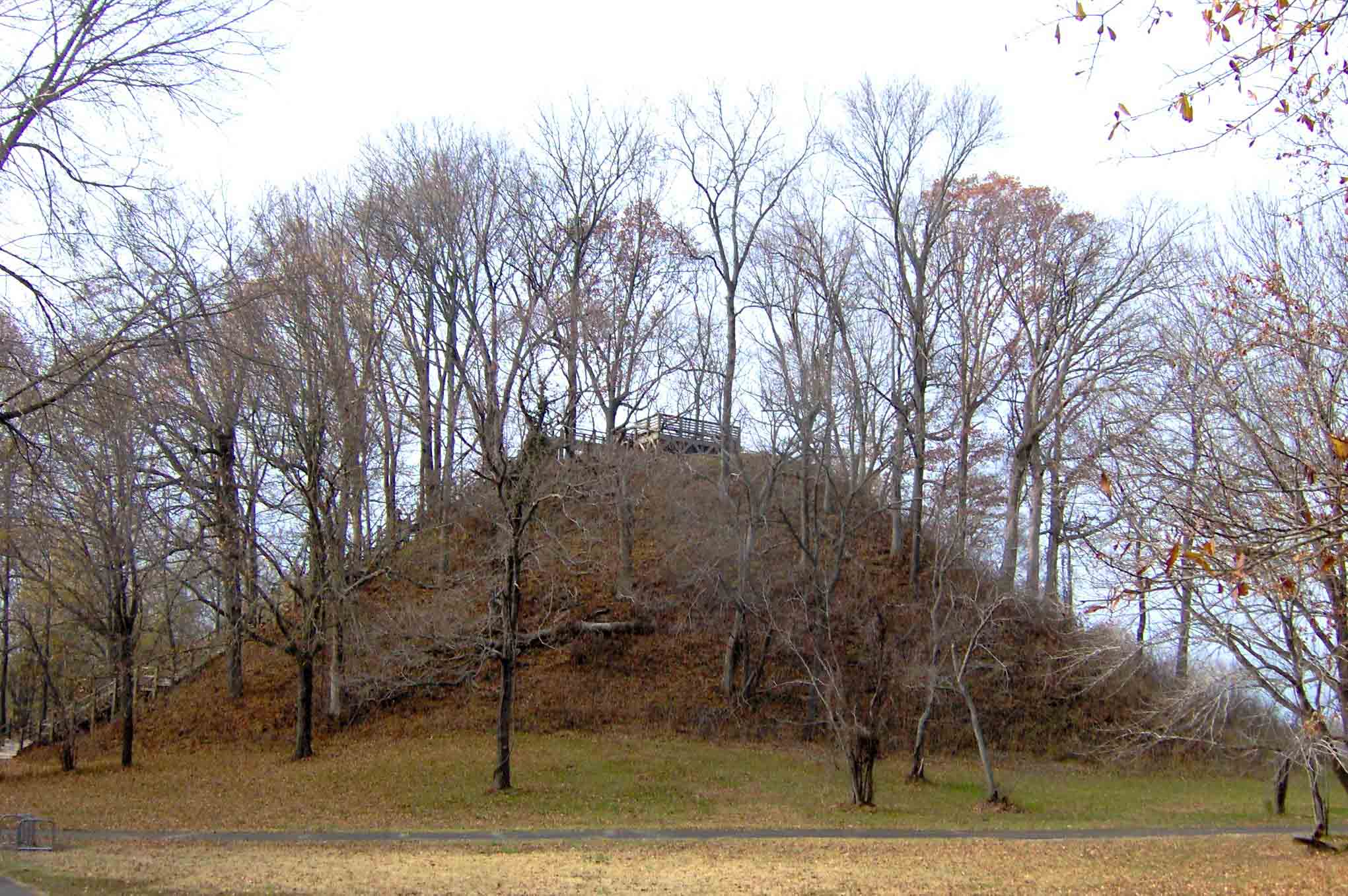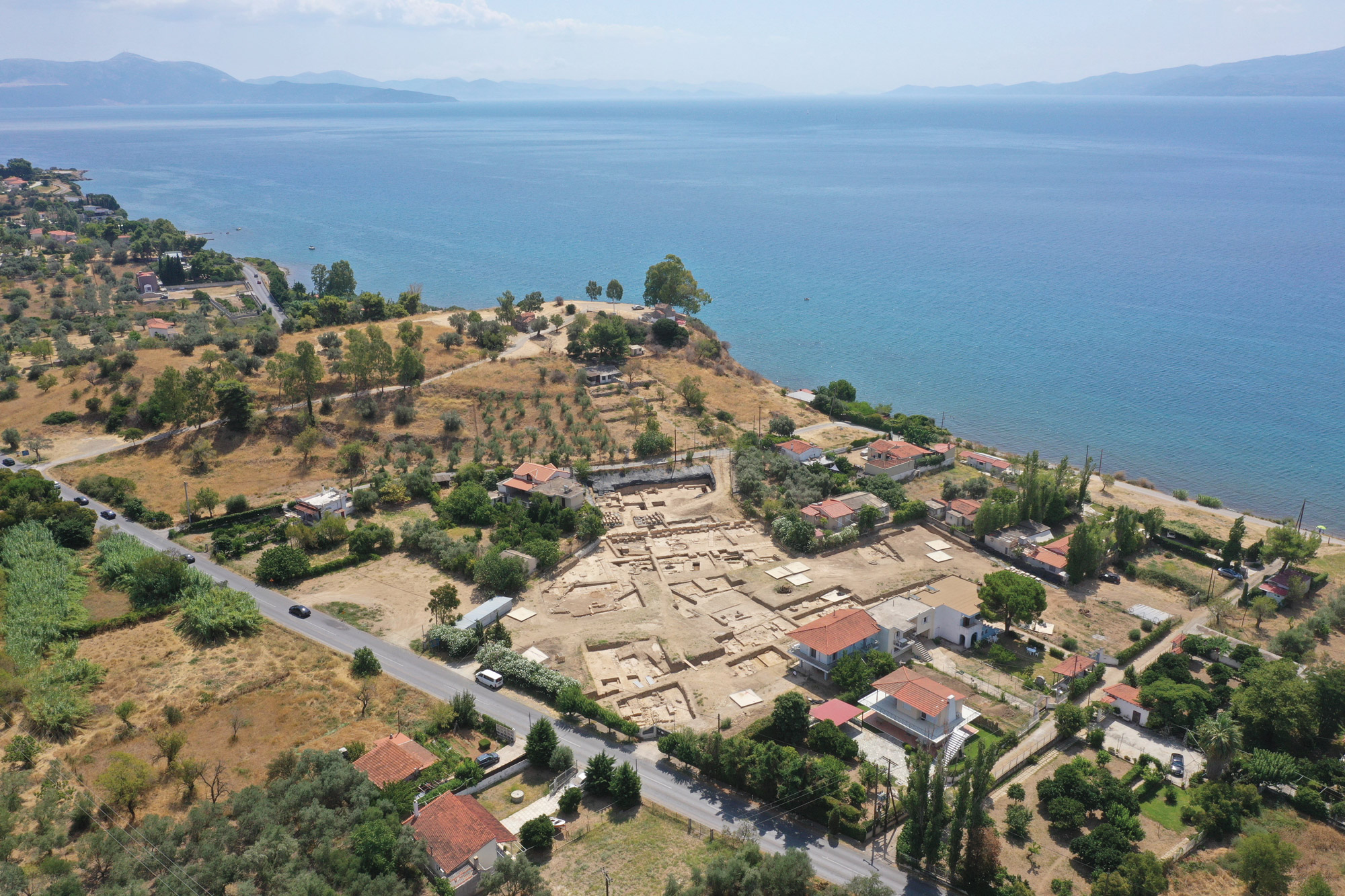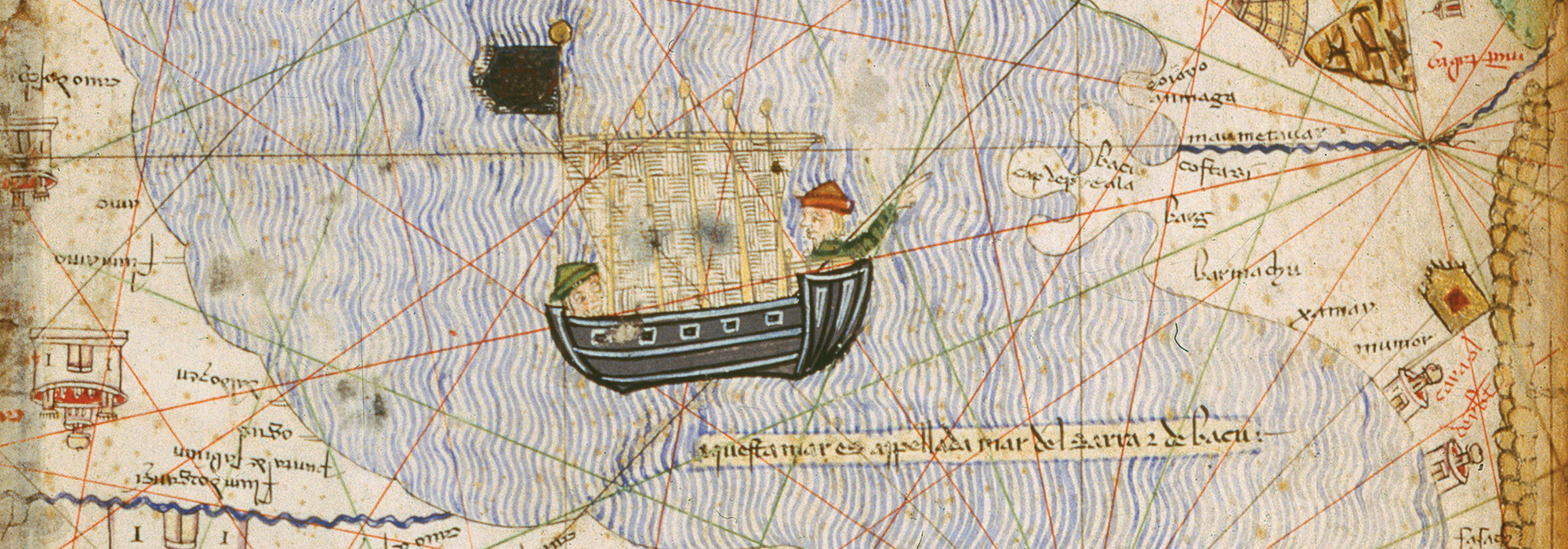
It's commonly believed that North America's Clovis culture came to an end around 12,900 years ago, when their characteristic spear points disappeared from the archaeological record. At the same time a number of large animal species such as mammoths and saber-toothed tigers became extinct. In 2006, a team led by geologist Richard Firestone of Lawrence Berkeley National Laboratory put forth a theory that a comet struck the Earth around this time, engulfing the continent in forest fires and causing the mass extinctions as well as the demise of the Clovis culture. They deduced this from the existence of a one-millimeter-thick soil layer at several Clovis sites that contains a high concentration of particles that appear to have extraterrestrial origins.
This year archaeologists Vance Holliday of the University of Arizona and David Meltzer of Southern Methodist University offered a point-by-point refutation of this premise, saying that evidence of the extraterrestrial particles does not show up at many Clovis sites, and that a careful examination of the archaeological record shows that the population in North America did not drop at the time of the purported comet impact. As for the Clovis culture itself, Holliday and Meltzer think a new interpretation of radiocarbon dates indicates the people gradually stopped making the spear points they are associated with and simply began making another kind. Perhaps they didn't disappear at all.


